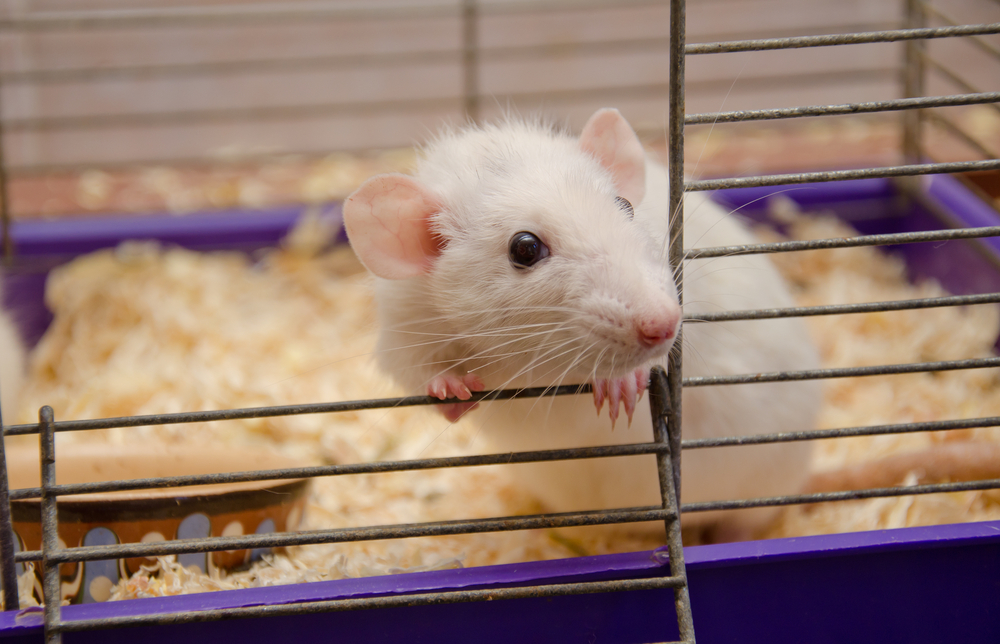SOL-257 Gene Therapy Targeting TDP-43 Shows Promise in Mice

SOL-257, an experimental gene therapy developed by SOLA Biosciences, delayed disease progression and prolonged the lifespan of a mouse model of amyotrophic lateral sclerosis (ALS).
The gene therapy is designed to reduce the abnormal TDP-43 protein that forms toxic clumps in the cells of ALS patients.
“Targeting only pathogenic [disease-causing] TDP-43 to repair the specific problem has a significant potential for a broadly applicable ALS treatment,” Keizo Koya, PhD, SOLA’s co-founder and CEO, said in a press release.
“I hope this groundbreaking animal data of SOL-257 will bring new hope for patients with ALS,” Koya added.
The preclinical findings were presented by Akinori Hishiya, PhD, SOLA’s co-founder and chief strategy officer, at the 1st annual Muscular Dystrophy Association (MDA) Insights in Research Investor Summit, recently held virtually.
The summit allowed companies and inventors in the field of neuromuscular disease to showcase investment and licensing opportunities. Participants also are eligible to apply to MDA’s Venture Philanthropy program, which is focused on funding the discovery and clinical application of treatments and cures for neuromuscular disorders.
One molecular feature common to both the familial and sporadic types of ALS is the presence of abnormal, or misfolded, TDP-43 protein, which is found in about 97% of all ALS patients.
TDP-43 usually is located in the nucleus — the cellular compartment that houses all genetic information — where it regulates messenger RNA (mRNA), the intermediate molecule derived from DNA that guides protein production.
In ALS, however, TDP-43 has an abnormal shape that makes it more prone to accumulate outside the nucleus and to form toxic aggregates or clumps, leading to cell damage and death.
As such, therapies targeting abnormal TDP-43, that ultimately can prevent the formation of these toxic clumps, are expected to slow ALS progression.
“Many diseases such as ALS are caused [by] protein folding issues,” Hishiya said.
“Repairing or removing the misfolded disease-causing proteins can be a fundamental treatment for the patients, although the treatment has not been realized yet,” he said.
SOL-257 was designed with SOLA’s JUMP70 technology platform, which aims to selectively target disease-causing misfolded proteins using the patient’s own chaperones, namely the HSP70 chaperone. Chaperones are proteins that either help other proteins acquire and maintain their shape or direct misfolded proteins for degradation.
The gene therapy candidate uses a modified and harmless adeno-associated virus to deliver the so-called JUMP70 gene to target cells. This gene provides the instructions to produce a fusion protein consisting of a domain that binds to HSP70, activating its protein repair or degradation activity, and a domain that specifically binds to misfolded TDP-43.
In this way, SOL-257 is thought to promote the repair or removal of the abnormal protein, thereby preventing further accumulation of toxic clumps, without affecting normal TDP-43.
The newly presented data concerned an analysis of the effects of SOL-257 in a mouse model of ALS genetically modified to allow the timely production of misfolded TDP-43.
Mice given a placebo started dying three weeks after the induced production of misfolded TDP-43, and 100% of male mice were dead by five weeks. Notably, however, all SOL-257-treated male mice survived.
SOLA has eight other JUMP70-based treatment candidates in its pipeline, most still in the preclinical stage of development. They are designed to target misfolded proteins associated with Huntington’s disease, Alzheimer’s disease, Parkinson’s disease, cystic fibrosis, transthyretin amyloidosis, and cancer.
The company’s candidates were carefully designed based on the insights SOLA gained on the natural protein quality control system, Hishiya said. According to SOLA, all candidates demonstrated preclinical effectiveness and safety that validated the mechanism of the JUMP70 technology.
“Our designed therapeutic enables highly specific intervention, only misfolded disease-causing proteins can be targeted and removed,” Hishiya said.






